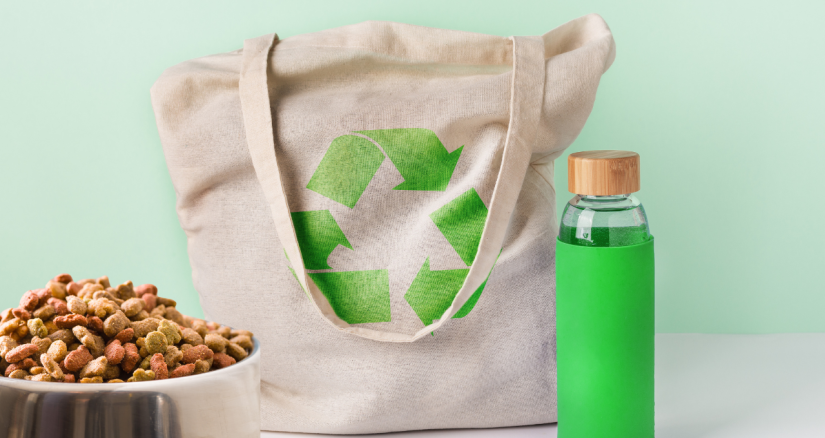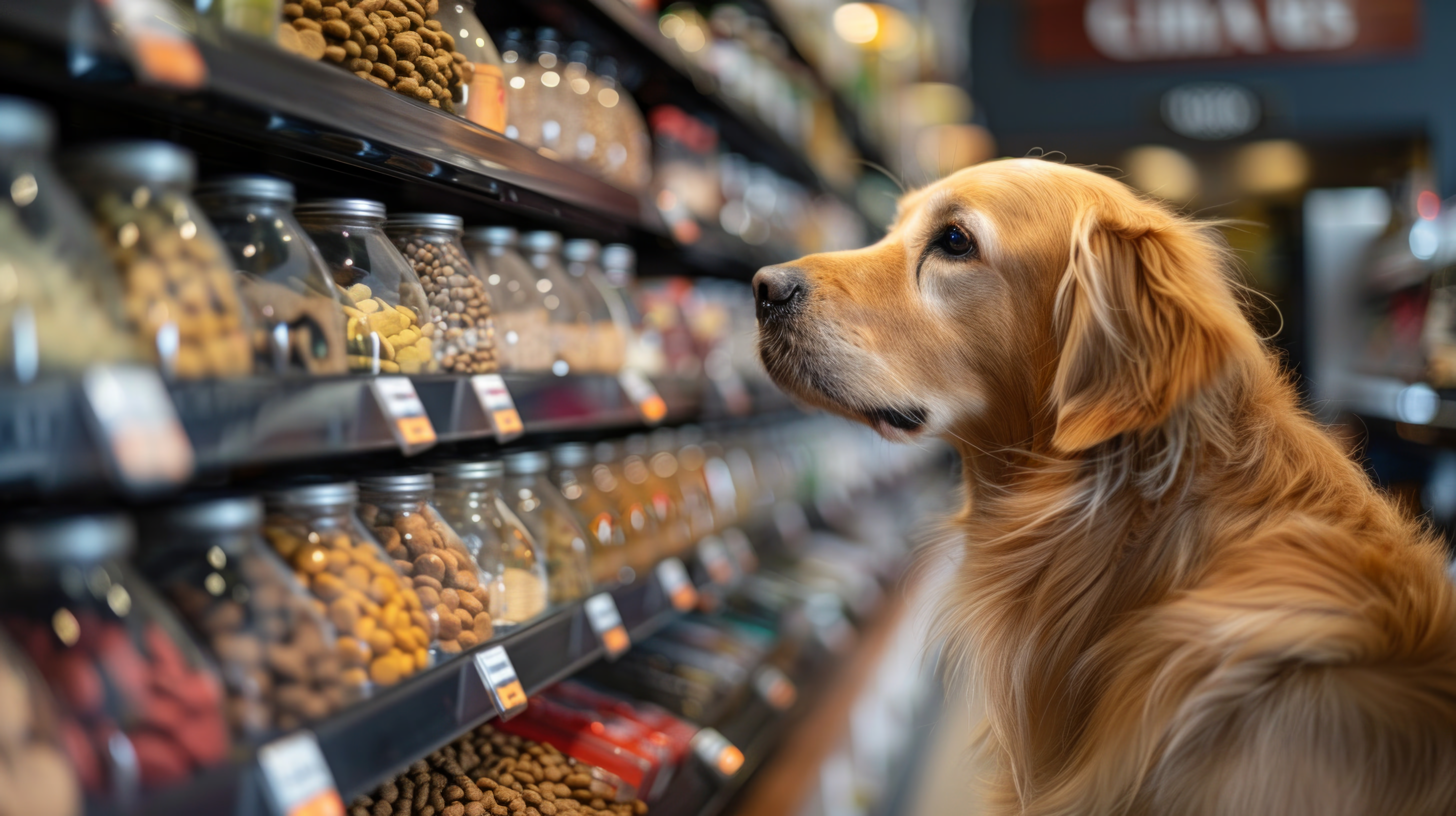Most pet diets are made with a lot of meat. In fact, if American dogs and cats were their own country, they would rank 5th in global meat consumption.2 Due to the significant environmental impact that raising meat has, it is important for pet owners and brands to factor in how different pet food options impact the environment when selecting or creating a pet product.
Wet versus dry
A study performed by Brazilian researchers investigated ingredients found in different kinds of pet food (wet, dry, homemade) and estimated the environmental impact, such as greenhouse gas emissions, land use, and water usage. The researchers found that wet diets have the highest environmental impact for both dogs and cats, followed by homemade diets, with dry diets having the lowest environmental impact.3 This is because wet diets utilize more animal ingredients, and diets high in animal ingredients have correspondingly large environmental footprints. The researchers also noted that most of the diets included in the study provided protein and fat in excess of what dogs and cats require, which is likely due to the amount of animal ingredients used in these diets.3 Thus, it is important to select and formulate pet food with appropriate nutrient levels for environmental purposes while minimizing environmental impact.
Alternative proteins
Since traditionally raised animal ingredients have a significant environmental impact, there is a lot of interest in alternative proteins. In general, producing these protein ingredients requires less land and water, which reduces their environmental impact. For instance, plant-based protein sources have been used in pet food for years, and there are several therapeutic canine diets in the market for dogs with food sensitivities that do not contain animal proteins. Insect proteins like crickets and black soldier fly larvae are nutritionally dense and sustainable and have been gaining traction. Cultured meat and fermentation proteins offer other exciting new frontiers for creating proteins that can be utilized in the food supply. Cultured meat takes cells from, for example, beef or chicken and grows more meat via cell cultures instead of raising more cattle or chicken. Fermentation proteins utilize microorganisms' fermentation abilities to produce proteins that then can be used in diets. These alternative proteins are exciting new environmentally friendly options, but they are also novel ingredients that we have less knowledge about than traditional animal meats. It is recommended that food companies thoroughly analyze these ingredients and perform canine and feline feeding studies to utilize them in products responsibly. Consumers should also look for brands with dedicated resources to ensure their products are healthy for their pets.
Regenerative agriculture
For environmentally conscious pet owners and brands that still want to utilize animal proteins, thinking outside of typical commercial agriculture may be the way to go. Regenerative agriculture focuses on improving soil health, which is important for mitigating climate change because soil can store carbon.4 Healthy soil is the largest store of terrestrial carbon, whereas poorly managed soil and unsustainable agricultural practices will lead to carbon being released into the atmosphere.4,5 Some strategies that regenerative agriculture implement include planting crops with 'no-till' and incorporating cover crops to minimize the disturbance of the soil.4,5 Animal agriculture can also be regenerative using 'adaptive grazing', which involves moving pastured animals through smaller sections of the overall land instead of always occupying the same space when housed in feed lots. This allows grazed land adequate rest and recovery, recycling of nutrients, and improves animal welfare since the animals have more space to move and exhibit natural behaviors.4,5
There are numerous options for pet owners to choose from, and brands do their best to appeal to the pet owners. Since we and our pets all share one Earth, the environmental impact of the pet diets should always be an important factor when producing or selecting a product. Whether it is proper formulation, utilizing or researching novel ingredients, BSM Partners can help create pet diets that are healthy for the pet and the world they live in.
Source: BSM Partners.
Resources
- American Pet Products Association. American Pet Products Association Industry Trends and Stats. Published online 2024. Accessed February 19, 2024. https://www.americanpetproducts.org/research-insights/industry-trends-and-stats
- Okin GS. Environmental impacts of food consumption by dogs and cats. PLOS ONE. 2017;12(8):e0181301. doi:10.1371/journal.pone.0181301
- Pedrinelli V, Teixeira FA, Queiroz MR, Brunetto MA. Environmental impact of diets for dogs and cats. Sci Rep. 2022;12(1):18510. doi:10.1038/s41598-022-22631-0
- Food and Agriculture Organization of the United Nations.
- Noble Research Institute. What is Regenerative Agriculture?
You could be interested: Greenwashing in pet food: what it is and how to avoid it































